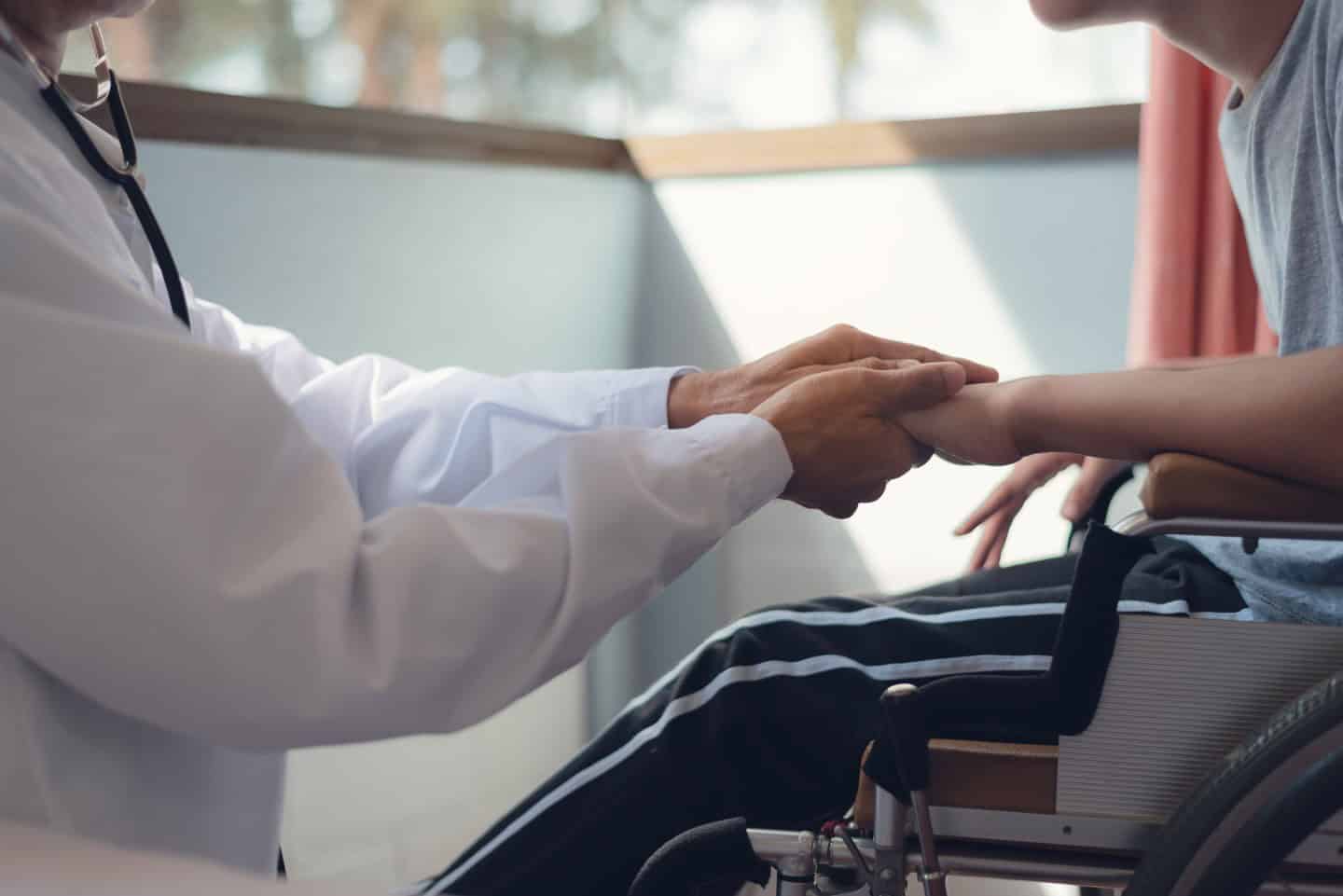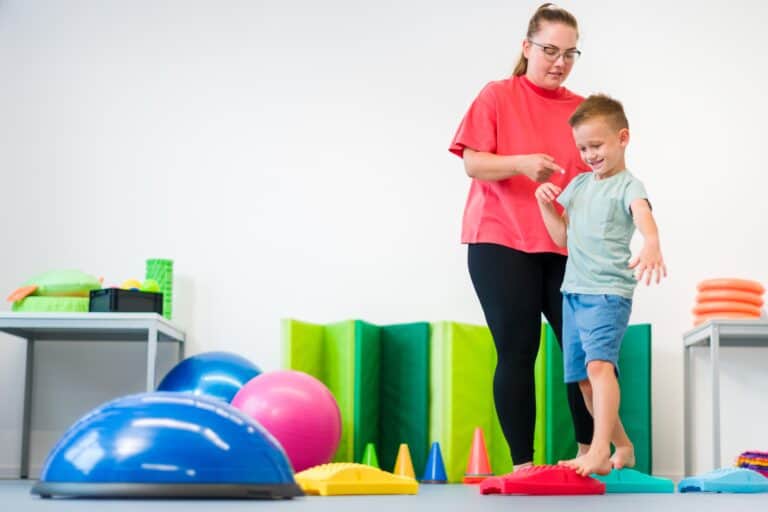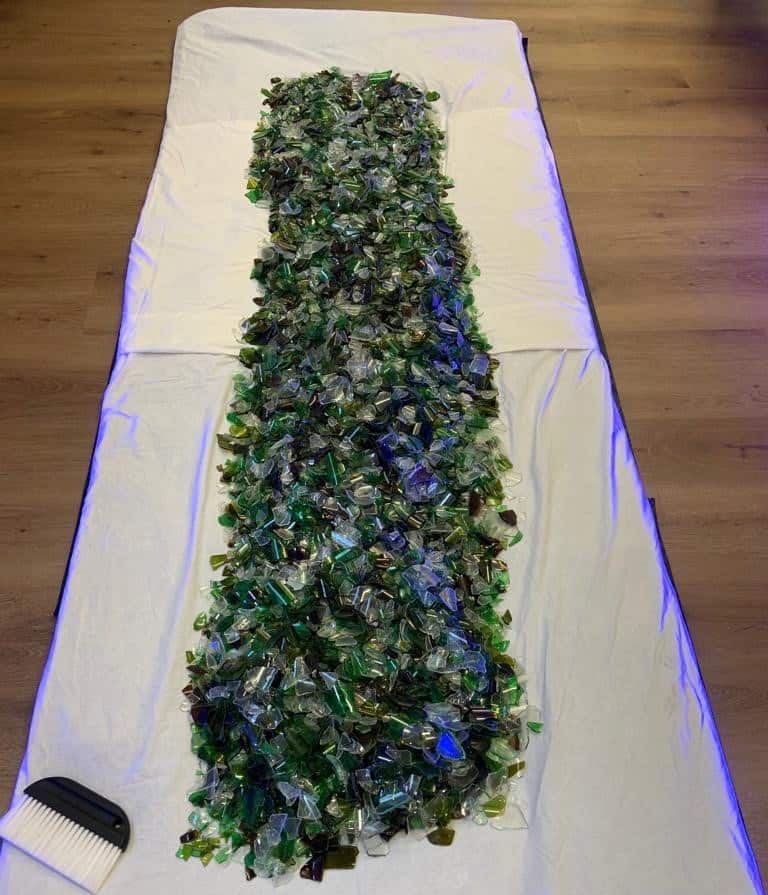
When to start investigating a claim for a child with Cerebral Palsy?
I represent families who are seeking compensation for their child who has suffered a brain injury in an accident or through clinical negligence. Many of my clients have cerebral palsy.
What is Cerebral Palsy?
Cerebral palsy (CP) is a group of disorders that affect a person’s ability to move and maintain balance and posture. CP is the most common motor disability in childhood. Cerebral means having to do with the brain. Palsy means weakness or problems with using the muscles.
CP can happen if a baby’s brain does not develop normally when in the womb, or is injured during or in certain cases soon after birth.
Causes of CP can include a bleed in the baby’s brain or reduced blood and oxygen to their brain, an infection during pregnancy or the brain being temporarily starved of oxygen during a difficult birth.
Brain injury caused during a difficult birth is often the reason why families contact me. They want to know if the injury could have been prevented. Injuries do happen but equally some injuries could and should have been avoided.
Legal time limits
As a general rule the Limitation Act 1980 provides 3 years from the date of negligence, or date of knowledge if later, to start court proceedings for personal injury.
For children this time does not start until their 18th birthday which means they have in effect until the child is 21 years of age, unless the child does not have mental capacity i.e. the capacity to manage the litigation on their own behalf, in which case the 21 year cut off will not apply. Sadly with children who suffer CP this is often the case.
Effect of the brain injury on the child and the family
When CP is first diagnosed the child is often less than 1 year old. CP can be devastating for the family. Hospital appointments start to fill up the diary to monitor their child’s progress. The emotional impact is likely to be significant as the family see their child is not meeting the usual milestones – their child may be non-verbal, unable to roll, to sit, to crawl, to feed effectively.
Essential therapies must be arranged ASAP– often physiotherapy, occupational therapy and speech and language therapy.
The child’s needs often increase as do the demands upon their families/carers.
The child’s needs may be the driving force for seeking legal help but it is not always clear that something may have gone wrong.
Often it takes parents some time to come to terms with what has happened as they may be traumatised themselves if they have experienced a difficult birth. As a result of this and all of the demands on parents/carers asking for legal advice may be at the back of their minds but as time passes memories become vague and records may be harder to locate, these being the essential ingredients to proving negligence.
Medical records
As you would imagine medical records document what happened leading up to and at the time of the birth. When I investigate a claim on behalf of a child with CP I instruct medical experts to examine the records to tell me whether the baby was delivered at the right time and if there was a delay, whether this caused the brain injury and could have been prevented.
The records will note important considerations for example whether the baby’s heartrate was adequately monitored and whether there was any reading which should have given cause for concern but the records are not the final answer.
The importance of the mother’s recollection of events
The mother’s recollection and those around her is as important to complete the picture of what happened at the time.
The case of HTR v Nottingham University Hospitals NHS Trust [2021] is interesting. In this case the judge preferred the mother’s witness evidence about events that occurred some 17 years earlier, despite the existence of a medical note made at the time which appeared to directly contradict that evidence.
In this instance the critical medical note recorded active fetal movement (“Active FMs“). In other words all seemed to be well.
Background
In the case of HTR the Claimant was born by emergency Caesarean section on 10 October 2004. He suffered permanent damage from chronic partial hypoxia which tragically resulted in asymmetric quadriplegic cerebral palsy. His mother, LJR, brought a claim against the Trust on his behalf.
Four days before he was delivered LJR had attended the Trust’s ante-natal clinic, following a referral by the community midwife, due to a concern that the baby was in breech position.
LJR’s case was:
- She was seen by Dr Salman (then a Senior House Officer);
- She reported that in the period before the appointment she had experienced reduced fetal movement which was enough to be a real cause of concern for her;
- Dr Salman undertook an ultrasound scan, satisfied herself that the baby was not in breech position, that everything was in order and that as the baby’s head was down and was ready to be born that this would explain the lack of movement.
In response the Trust’s case was:
- She did not raise a concern as to reduced fetal movement at the appointment with Dr Salman;
- Dr Salman did not undertake the ultrasound scan but saw her after it had taken place and made a note recording active fetal movement;
- Any concern raised by her regarding reduced fetal movement would have been recorded and investigated.
Not surprisingly, Dr Salman had no independent recollection of the appointment with her on 6 October 2004. The claim was not notified until 8 years after the events in question and the trial took place 17 years after the birth.
It was not in issue between the parties that if LJR had raised a concern as to reduced fetal movement then Dr Salman was negligent in failing to act upon it.
The trial related to the issue of breach of duty only.
The Trial
LJR gave evidence on the key factual issues and maintained that she had informed Dr Salman about the reduced fetal movement. Indeed she said it had been Dr Salman who had carried out the ultrasound scan.
An important issue arose about who it was that carried out the ultrasound scan. Dr Salman had stated within her second supplementary witness statement dated 27 September 2021:
“… to be absolutely clear, whatever the state of my training in October 2004, I was never trained to perform ultrasound scans, I never scanned, I still don’t scan“.
This, it transpired, was not correct.
Dr Salman had undertaken ultrasound scans. There was evidence from other doctors working at the Trust to the extent that “[i]n 2004 it was quite common for us to undertake our own ultrasound scans to identify the presentation of the baby using a spare machine in one of our assessment rooms.”
This led to the judge approaching the evidence of Dr Salman with some concern. As was stated by Cotter J at [53]:
“I received no satisfactory explanation for this very seriously misleading assertion which provoked an expression of some incredulity from Dr Brocklesbury in his responsive statement dated 1 October 2021. It resulted in the balance of her evidence, when not corroborated by records or other witnesses, having to be treated with considerable caution.”
The Judge’s findings
Of note the judgment reads:
“[84] The hearing in this case took place seventeen years to the day after the events in issue. LJR first prepared a statement eight years after the meeting with Dr Salman. I have no doubt she has discussed what took place with her mother and husband, both of whom gave evidence, on many occasions. As for Dr Salman she was first asked to cast her mind back to October 2004 in 2018. Fourteen years of practice as a Doctor had intervened during which the focus amongst practitioners on reduced fetal movements had increased. As a result I have considered the reliability of the recollections of the principal witnesses with great care.
“[85] The critical medical note records active fetal movement (“Active FMs”). However, such an entry, which does not state if the movements were seen on scan or reported by LJR, does not preclude concern having been expressed by LJR that there had been reduced (as opposed to no) movement recently. Dr Salman’s evidence was that if such concern has been expressed she would have recorded it, and as she had not made a record of such a concern it cannot have been raised. However as I have already stated I believe that her recollection has been affected by the intervening years of practice and the greater emphasis on reduced fetal movement since 2011.”
The judge decided that Dr Salman had carried out the scan on 6 October 2004.
The judge further decided that LJR informed Dr Salman that there was reduced fetal movement.
In light of that finding, the Judge found that the Defendant was in breach of duty.
Conclusions
This case clearly demonstrates that medical records are not the complete picture. Equally it is not for the treating practitioner to look back in hindsight and to record in her statement what she would have done at that time.
As the Judge noted events have changed with greater emphasis on reduced fetal movement which might have caused Dr Salman to assume this was how the consultation went but that is not the correct approach.
This decision may seem surprising when considering the judge was hearing from witnesses whose statements were based on events 17 years earlier. Medical records are written at the time of the events and an assumption later on would be that they are an accurate interpretation of what happened at that time but they are not the complete story. To complete the picture I take statements from the mother and witnesses at the time but as we all know, memories do fade over time and recollections can be coloured by the litigation process.
It is notable in this case that the judge preferred a recollection provided 17 years after the event over the contents of a clear entry which was made in the medical notes at that time and which suggested that the baby did not appear to be in distress before the birth.
However, there are perhaps obvious factors which have led to the Judge preferring the Claimant’s case. In particular, the position adopted by Dr Salman to the ultrasound scan appears to have significantly damaged the Defendant’s position.
In addition I have no doubt that the trial, which was contested, caused considerable distress to the Claimant when pursuing this claim.
To avoid costly factual disputes it is always advisable to seek legal advice at an earlier time when medical records are available but more importantly witnesses’ memories are clearer with regard to the events at that time.
The limitation period provides a lengthy time to consider legal action for children but I would always suggest that if you have concerns about events which occurred when your child was born, and which you believe has caused a significant brain injury as a result, that you make enquiries at the earliest time when you feel able to do so.










